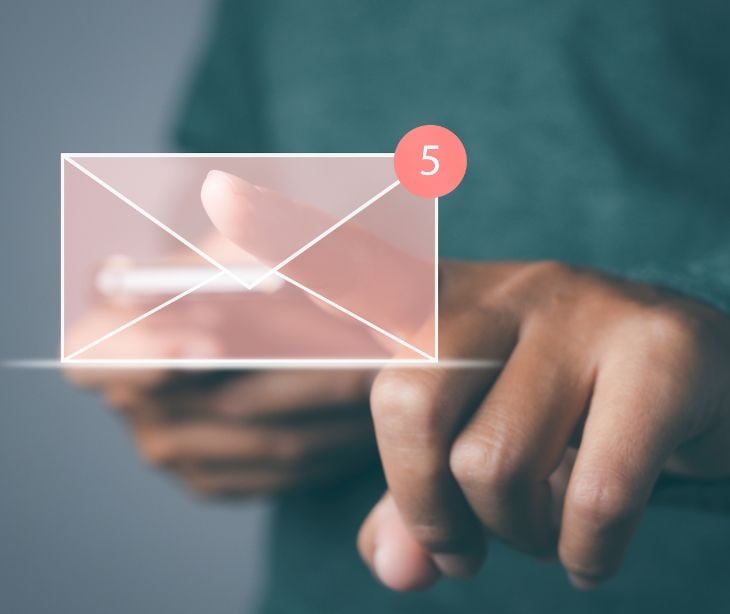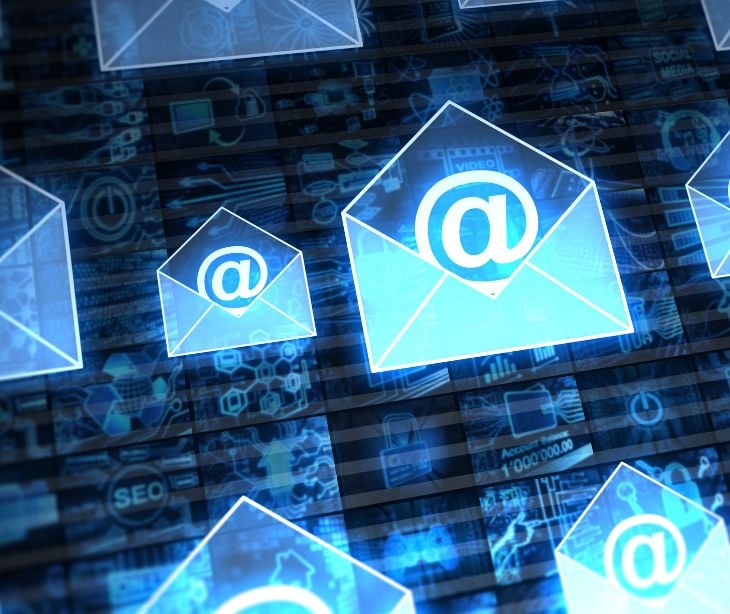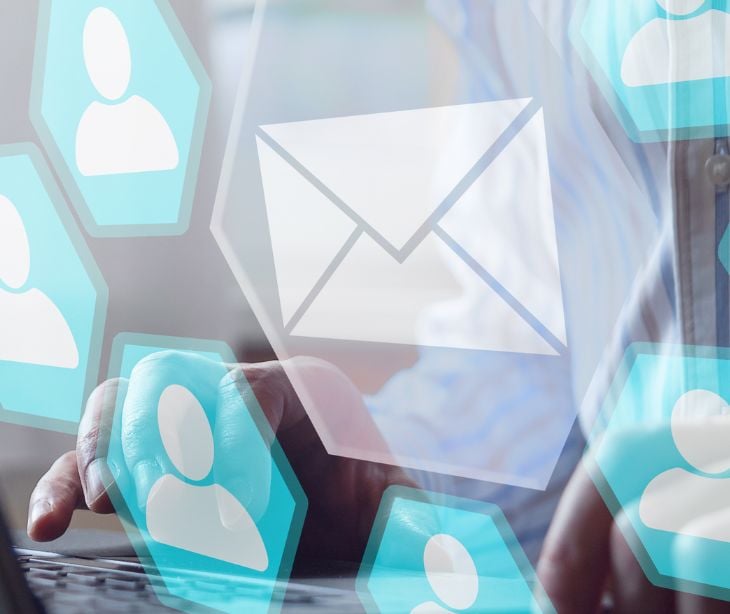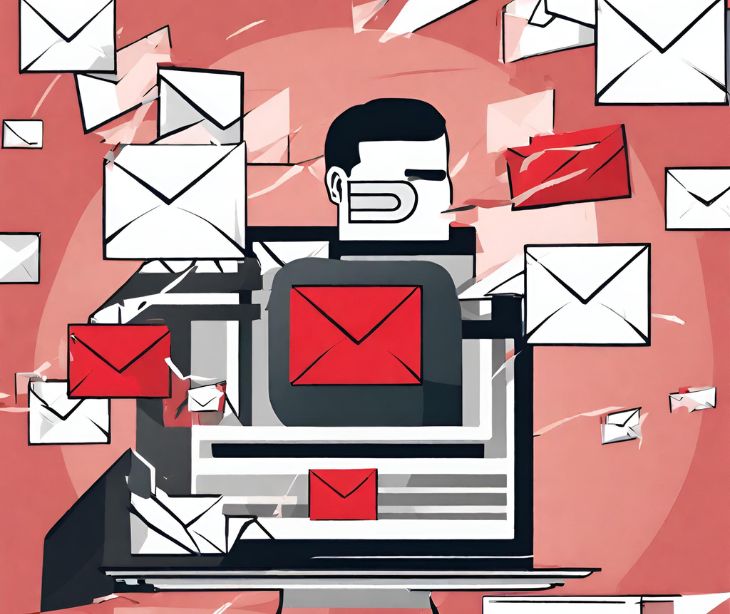
Using email authentication and advanced filtering systems helps prevent email spoofing. Opting for HIPAA compliant email solutions, like Paubox, or creating a team focusing on email security are some of the best ways to achieve this.
See also: What is spoofing?
Why is email spoofing a significant threat?
Based on a PLos One study, “Phishing is the spoofing of Internet websites or emails aimed at tricking users into entering sensitive information, such as usernames and passwords [1]. It is one of the most severe and challenging threats to Internet security.”
Email spoofing threatens healthcare organizations, as it allows cybercriminals to impersonate trusted sources and manipulate recipients into disclosing confidential information. The deceptive nature of email spoofing can lead to the unintentional downloading of malware, resulting in system breaches or data leaks.
The impact extends beyond immediate data compromise, as it can severely damage the organization's reputation and erode patient confidence in their healthcare providers' ability to safeguard sensitive health information.
See also: Understanding email spoofing and backscatter
Common indicators of email spoofing to look for
To identify a spoofed email, look for these telltale signs:
- Mismatched email address
- Generic greetings
- Poor grammar and spelling
- Suspicious links or attachments
- Urgent or threatening language
- Request for sensitive information
- Inconsistencies in email content
- Unusual sender behavior
- Unsolicited requests
- Suspicious email headers
See also: Top 10 HIPAA compliant email services
The role email authentication plays in preventing spoofing
SPF (Sender Policy Framework), DKIM (DomainKeys Identified Mail), and DMARC (Domain-based Message Authentication, Reporting, and Conformance) are pivotal technologies in email security. SPF allows domain owners to specify which mail servers are authorized to send emails on their behalf, thereby preventing spammers from using their domain to send unauthorized emails.
DKIM provides an encryption key and digital signature that verify an email message was not forged or altered. DMARC builds on SPF and DKIM, enabling the sender to indicate that their emails are protected and providing instructions for the receiving mail system on what to do if neither of those authentication methods passes – such as rejecting the email or reporting it.
Best practices to protect from email spoofing
Verify sender information
Always double-check the sender's email address for any discrepancies. If an email claims to be from a known organization but the email address doesn't match the organization's official domain, it's a red flag.
Use advanced email security features
Enable security features provided by your email service, such as two-factor authentication, which adds an extra layer of security beyond just a password.
Educate yourself on latest phishing techniques
Stay informed about the latest phishing scams and techniques. Cybercriminals are constantly evolving their methods, so keeping up-to-date is necessary.
Be cautious with email attachments and links
Avoid opening attachments or clicking on links in unsolicited emails. If you must open them, scan the attachments with antivirus software first.
Implement email filtering solutions
Use email filtering solutions that can detect and block spoofed emails. These solutions can often identify and quarantine emails with suspicious characteristics.
Regularly update software
Keep your operating system, antivirus software, and email applications updated. Software updates often include patches for security vulnerabilities that could be exploited by spoofers.
Be skeptical of unsolicited requests for information
Be cautious if an email unexpectedly asks for sensitive information, such as passwords or bank details. Legitimate organizations typically don't request this information via email.
FAQs
Can email filters help prevent spoofed emails?
Yes, modern email filters can identify and block many spoofed emails by analyzing sender information, content, and other metadata.
What should I do if I receive a spoofed email?
Do not respond or click on any links. Report it as phishing within your email platform, and notify your IT department if you're part of an organization.
Can regular software updates help in preventing email spoofing?
Yes, keeping your email clients and security software updated ensures you have the latest protections against new spoofing techniques and security vulnerabilities.
Subscribe to Paubox Weekly
Every Friday we'll bring you the most important news from Paubox. Our aim is to make you smarter, faster.




